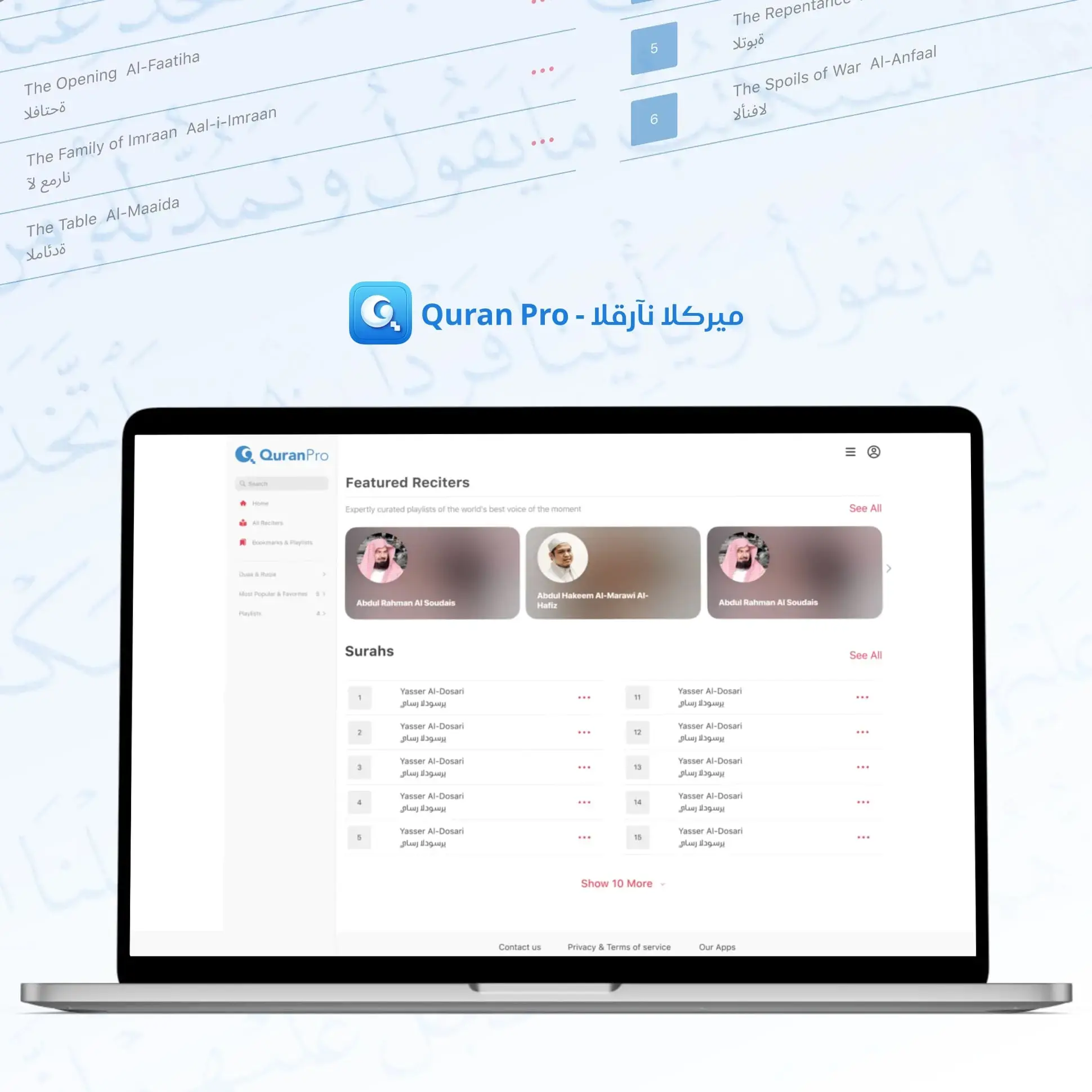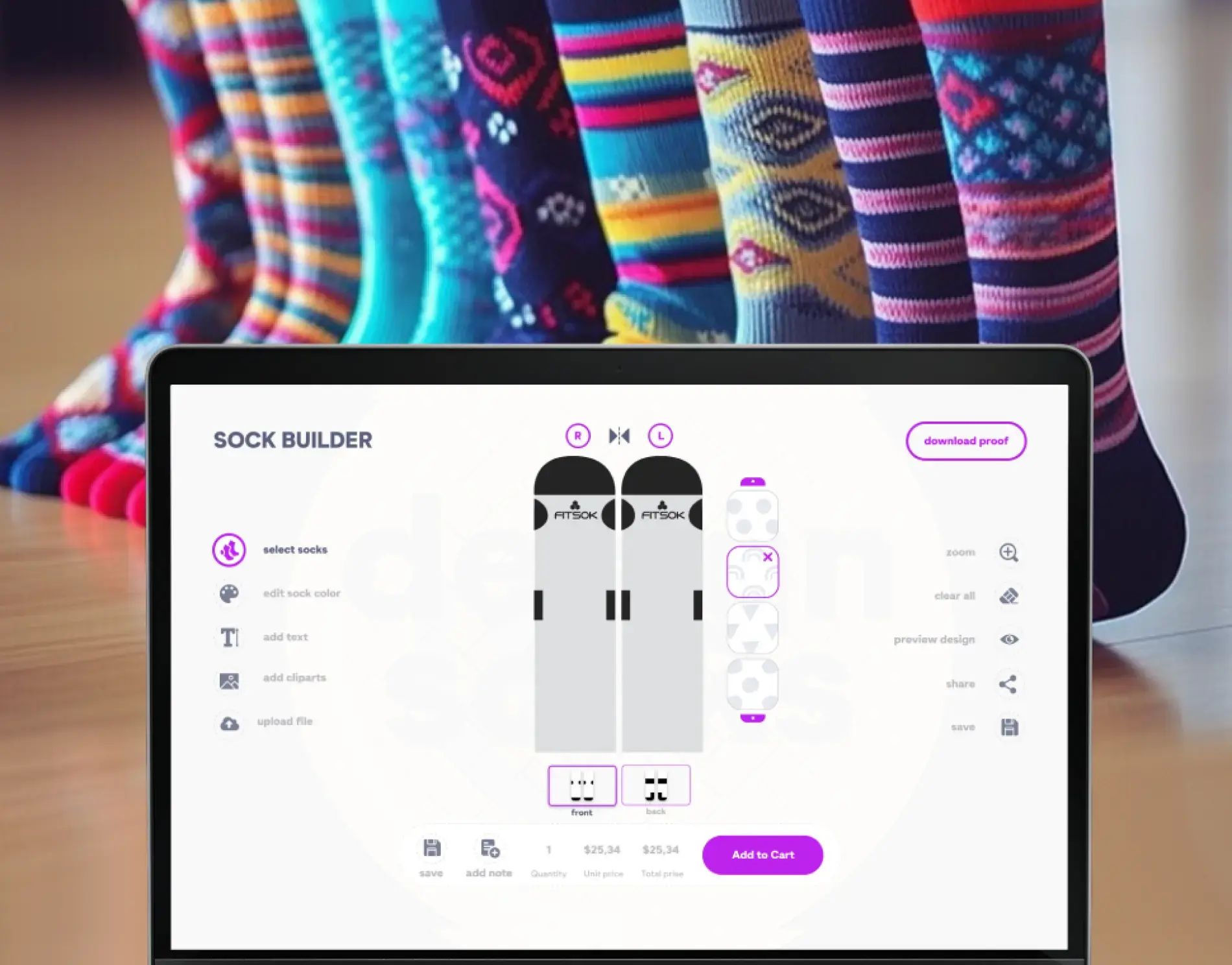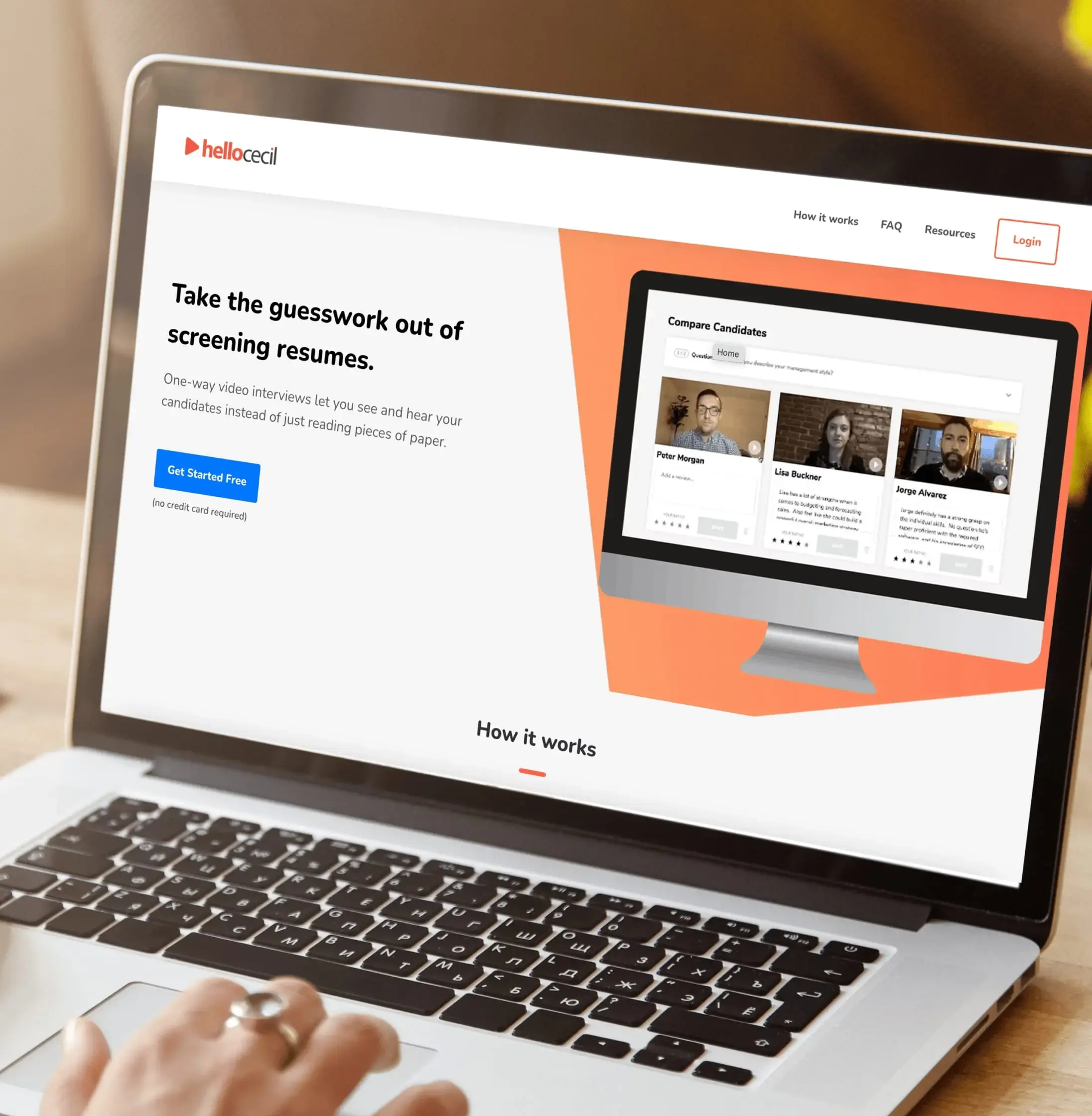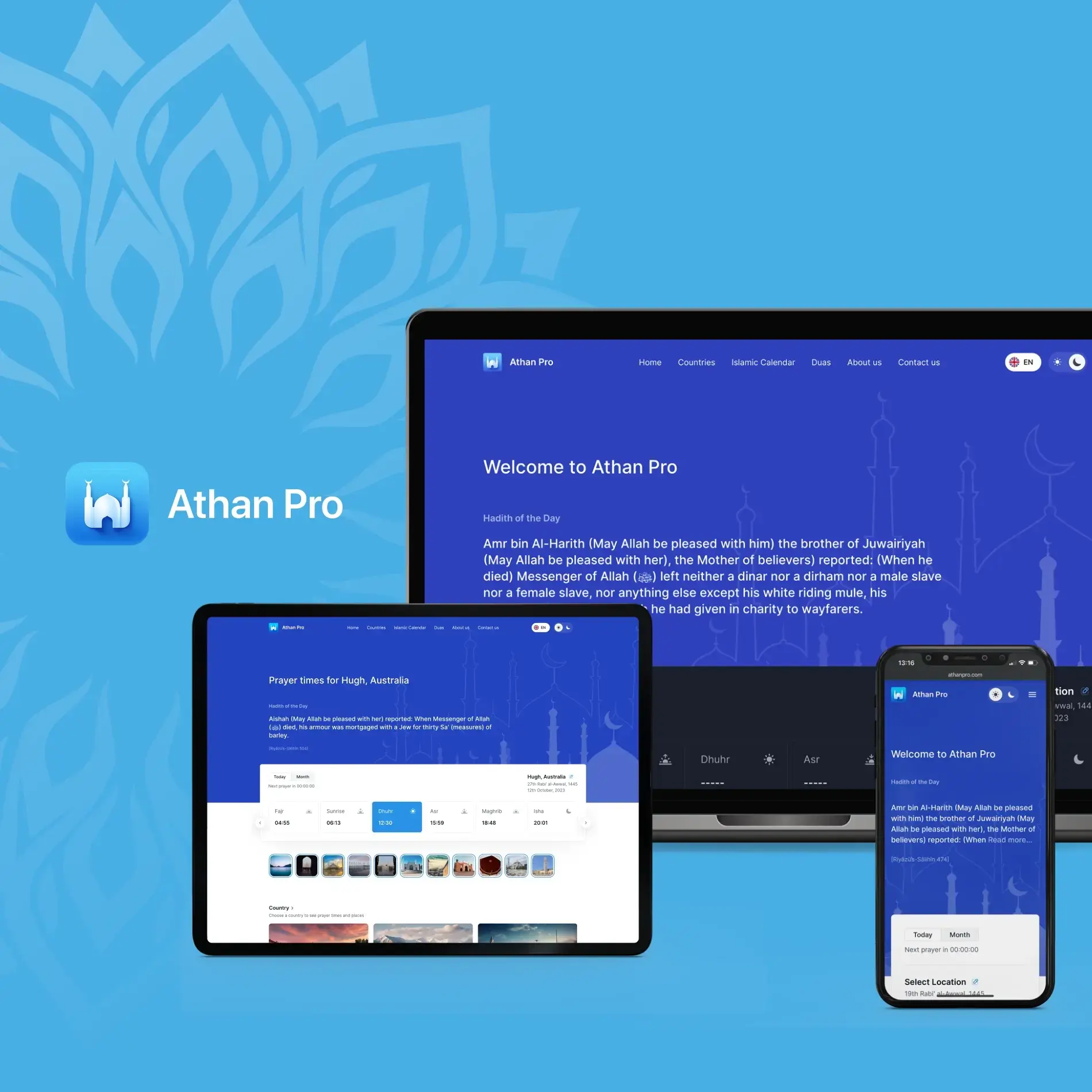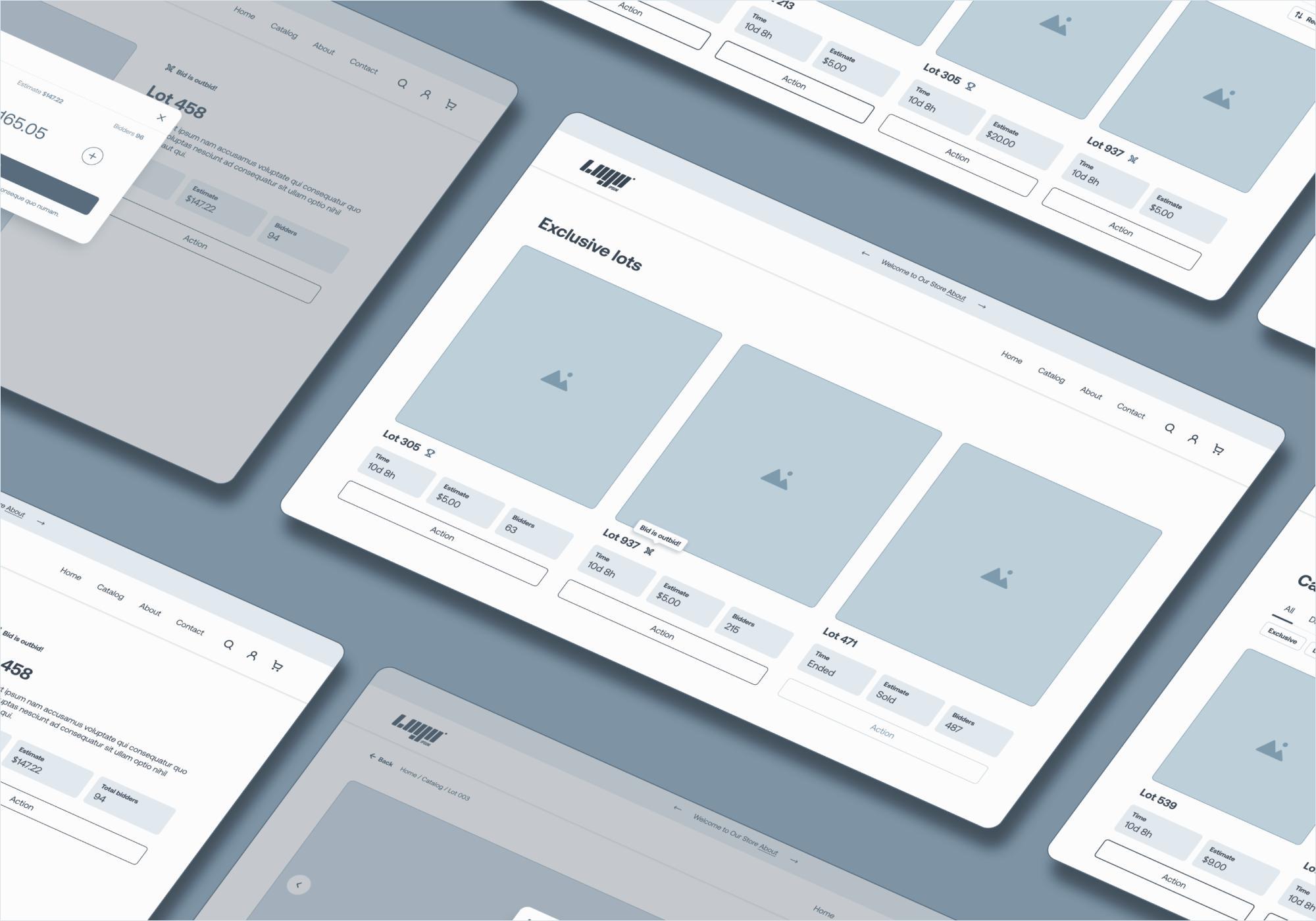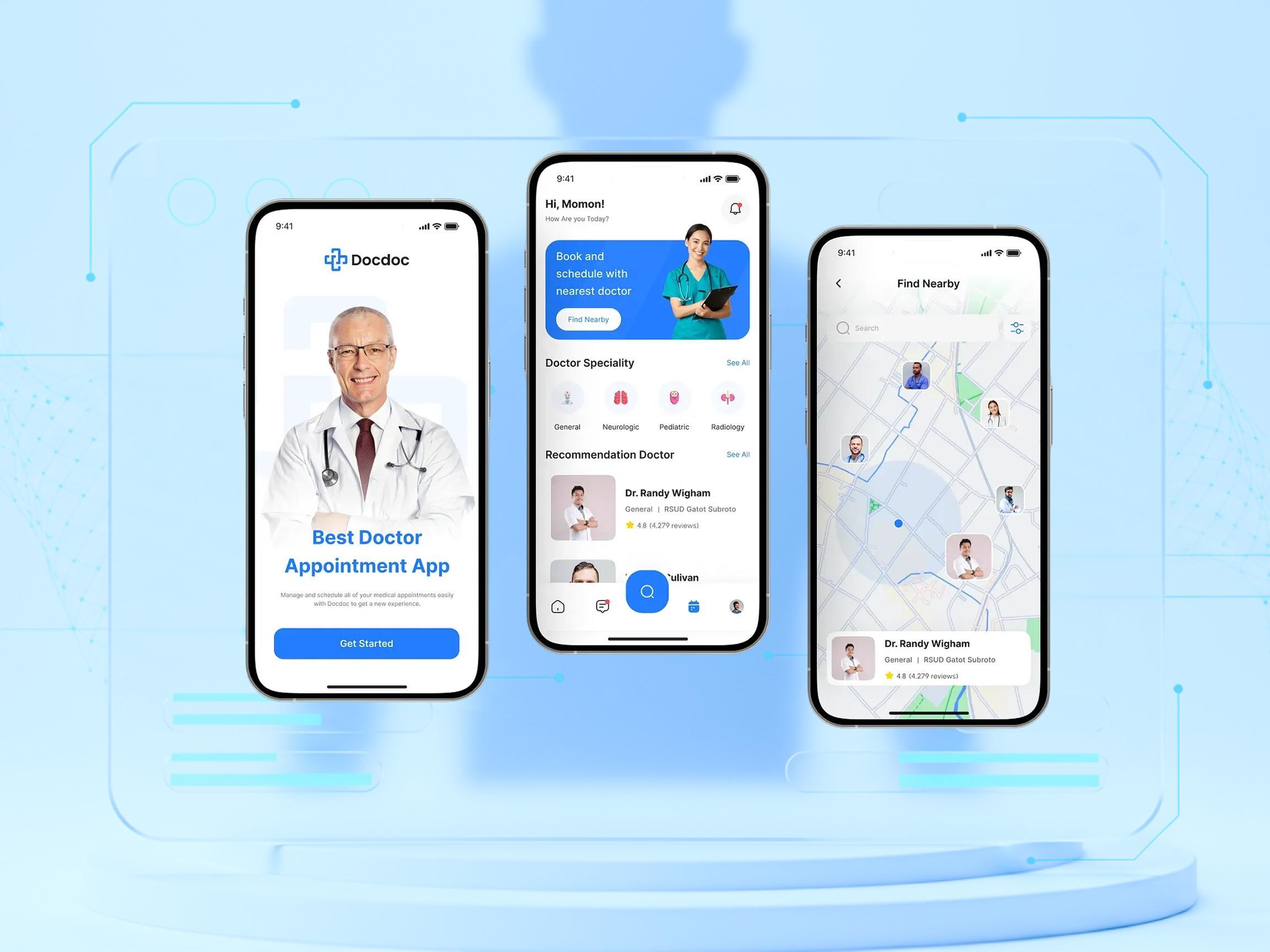
- Healthcare Software
Guide to Medical Billing Software: Development, Features, and Costs
Explore essential info, including key features, and costs in this comprehensive guide.
February 27, 2024 | Updated on November 24, 2025 | 10 min

Alex Padalka
CEO and Co-founder at JetBase
Table of Contents
- Understanding Medical Billing Software Development
- Why Healthcare Billing Solutions Matter Today
- Key Features of Medical Billing Software
- Advantages of Medical Billing Systems
- On-Site vs. Cloud-Based Solutions: Which One Fits Your Needs?
- Steps to Build Your Own Medical Billing System
- Common Mistakes to Avoid in Medical Billing Software Projects
- Costs of Medical Billing Software Development
- How Can JetBase Help You with Medical Billing Software Development?
- Real-World Examples of Successful Medical Billing Software
- FAQ
Our Cases
Innovation isn’t just about ideas - it’s about execution, turning vision into reality, and creating solutions that truly make an impact. See what we’ve built and how it works:
- HealthCare
- Media & Entertainment
- eCommerce
- Amazon Web Services
- Cloud Cost Optimization
- Serverless Application
- Retail
- HealthCare
- Media & Entertainment
- eCommerce
- Amazon Web Services
- Cloud Cost Optimization
- Serverless Application
- Retail


